In recent years, there has been a shift towards cloud-based and mobile solutions in the Winery Management Software Market. In response to this trend, there is an increased need for remote or field-based systems that can be accessed from anywhere without any trouble. There is also a growing trend towards integrating advanced analytics such as predictive maintenance or forecasting into winery systems that enable resource optimization and reduce downtime while improving on wine qualities in relation to the rest of the above sentence.
Figure 1: Winery Management Software Market size 2025-2034
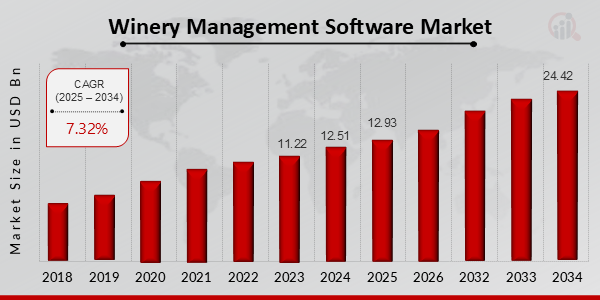
Source: Primary Research, Secondary Research, Market Research Future Database and Analyst Review
Winery Management Software Market Drivers
Rising Demand for Efficient Winery Operations
The winery management software market globally has experienced an increase in demand as wineries strive to streamline their operations and improve efficiency. The increasingly complex nature of wine-making operations, including inventory control, scheduling production, and tracking sales, has created the need for specialist software solutions. Such systems help in automating these processes while reducing mistakes made during data entry.
Moreover, precision viticulture practices are increasingly adopted, making real-time analysis necessary and boosting the demand for winery management software. With the help of data analytics, such companies can obtain useful information concerning their operations, thus enabling them to optimize these activities while minimizing production expenses and enhancing wine quality. Wineries continue to recognize the benefits that come with such implementations; hence, it is expected that the Winery Management Software Market Industry will grow significantly over the next few years
Growing Adoption of Cloud-Based Solutions
The market is being shaped by the growing popularity of winery management software based on cloud technology. One of these advantages is that it has a relatively cheaper upfront cost when compared to on-premises software, which requires significant investment in purchasing licenses and hardware. Wineries can manage their operation from remote areas using internet-enabled devices as they can access their applications and data from everywhere globally. Moreover, unlike the on-premise ones, which may require updating every couple of years, cloud-based systems are usually updated periodically to keep them abreast with the current technology.
The wide availability of affordable and reliable cloud computing services makes it possible for all sizes of wineries to easily use cloud-based winery management applications.
Government Regulations and Compliance
Government regulations and compliance requirements are driving the growth of the winery management software market. Wineries must adhere to different rules on wine production, inventory control, and selling. Winery management software can automate compliance processes and minimize the possibility of fines or legal penalties. It becomes easier for wineries to prove that they follow regulatory provisions when they have centralized access to data and documentation via winery management software.
Winery Management Software Market Segment Insights
Winery Management Software Market Deployment Model Insights
The deployment model segment of the Winery Management Software Market is bifurcated into cloud-based and on-premise. Among these, the cloud-based segment is projected to expand at a faster CAGR during the forecast period. The increasing adoption of cloud computing services by wineries is primarily driving the growth of the cloud-based deployment model.
Cloud-based winery management software offers numerous advantages over on-premise solutions, including cost-effectiveness, scalability, flexibility, and ease of access. The Winery Management Software Market revenue for the cloud-based deployment model is expected to reach USD 10.2 billion by 2024.The growing popularity of cloud-based solutions among small and medium-sized wineries is contributing to the growth of this segment.
Cloud-based winery management software provides wineries with the flexibility to scale their operations up or down as needed, without having to invest in additional hardware or software. Additionally, cloud-based solutions are typically more cost-effective than on-premise solutions, as wineries do not have to pay for the upfront costs of hardware and software. The on-premise deployment model, on the other hand, is expected to witness a steady growth rate during the forecast period.
On-premise winery management software is preferred by wineries that require a high level of control over their data and IT infrastructure. However, the high upfront costs associated with on-premise solutions can be a deterrent for some wineries. Overall, the deployment model segment of the Winery Management Software Market is expected to witness robust growth in the coming years. The increasing adoption of cloud-based solutions by wineries is expected to drive the growth of the cloud-based deployment model segment.
However, the on-premise deployment model is also expected to maintain a significant market share due to its advantages in terms of data control and security.
Figure 2: Winery Management Software Market By Condition, 2023 & 2032
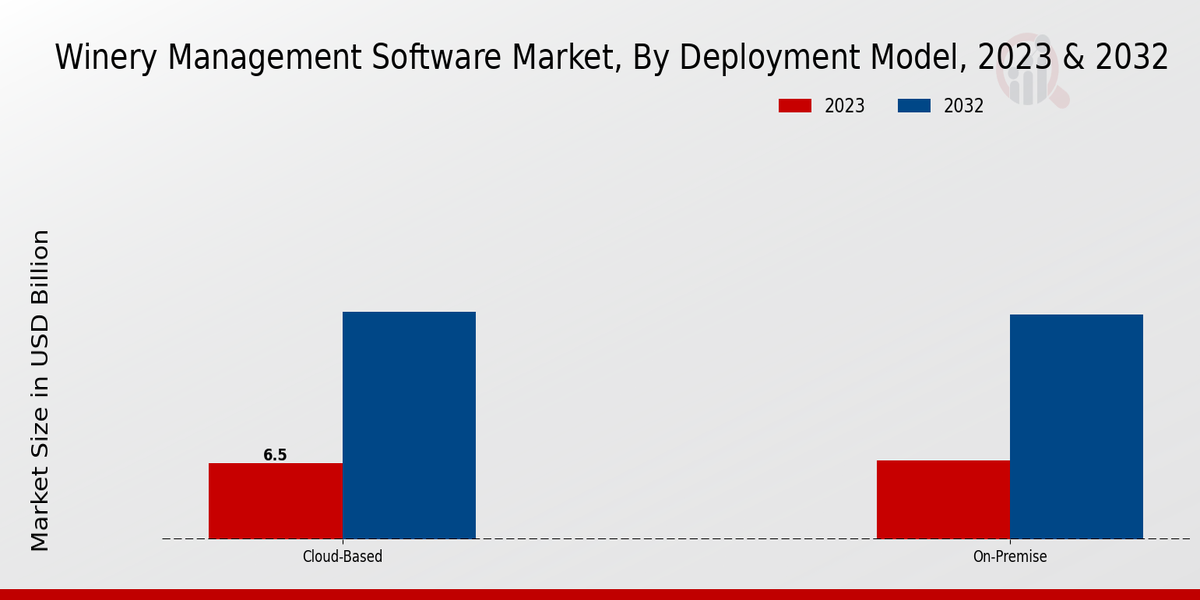
Source: Primary Research, Secondary Research, Market Research Future Database and Analyst Review
Winery Management Software Market Business Size Insights
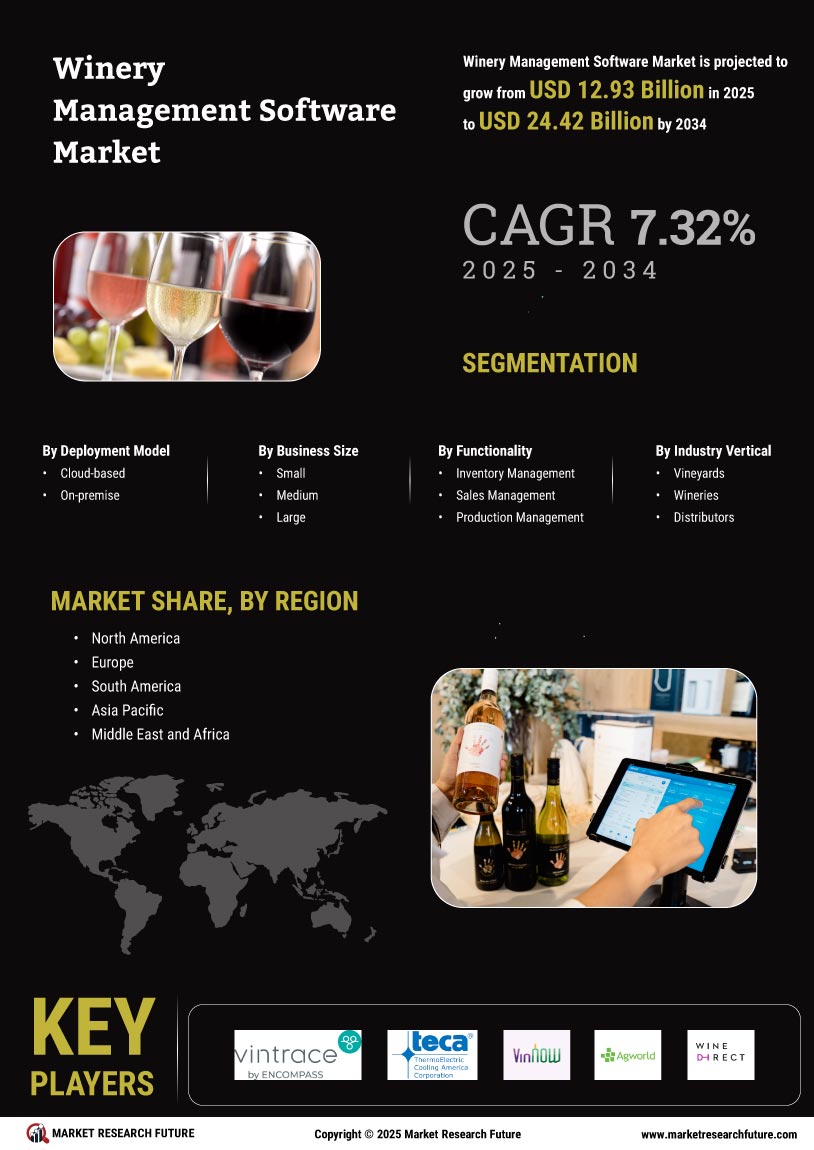

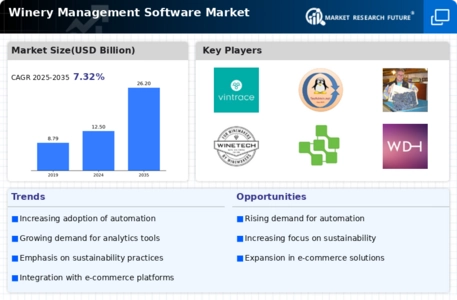
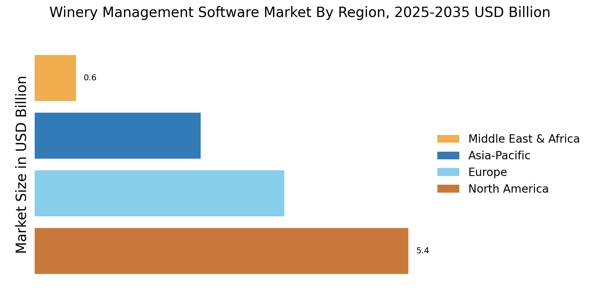
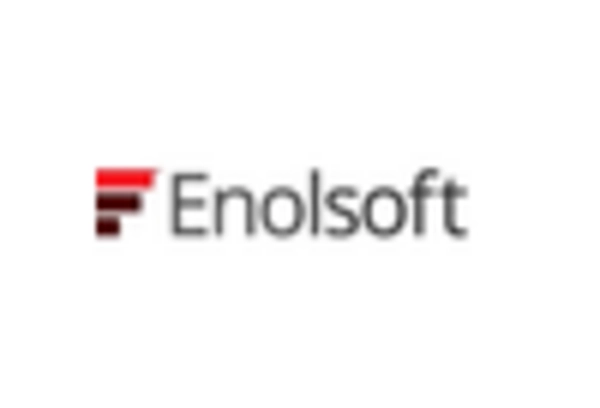


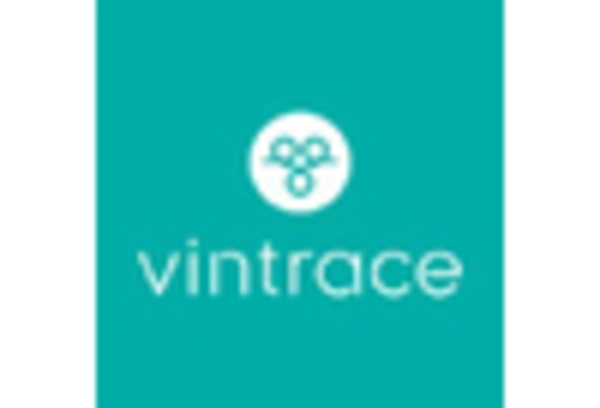
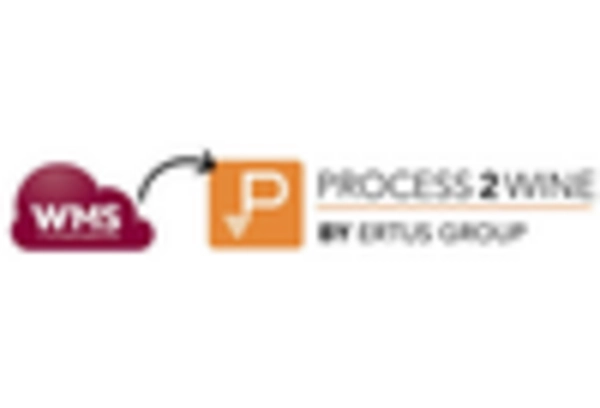
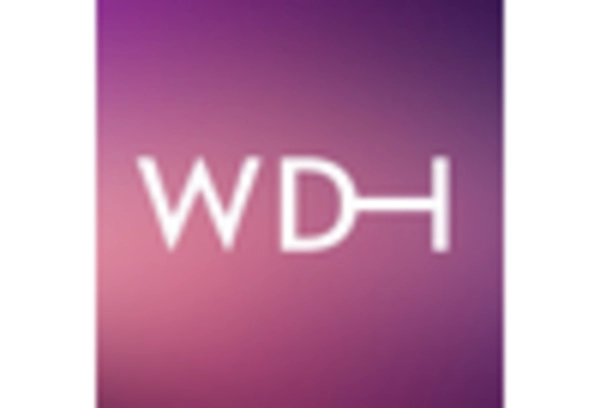










Leave a Comment